
The Palinurus genus (frequently transcribed as Panulirus) is represented by numerous species in all of the world’s tropical and sub-tropical seas as well as more temperate waters. It is a predatory, nocturnal animal with a vividly decorated coat. They are often numerous locally; they linger in crevices (with their long antennae sticking out) during the day and hunt small benthic organisms at night, but they also feed on organic detritus whenever they happen across it.
Lobsters have recently suffered a dramatic demographic decline; intensive fishing has annihilated entire populations, especially where tourism abounds. Please record all sightings of lobsters, identifying individual species where possible...
Read More



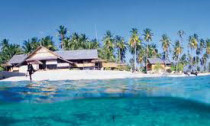

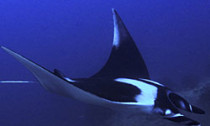
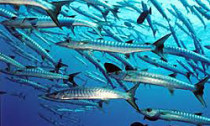
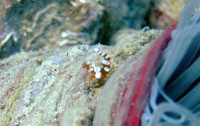


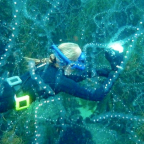

Social Profiles